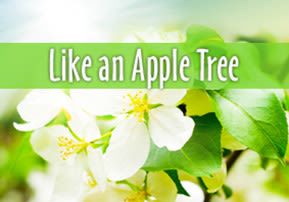
Like an Apple Tree
The Midrash teaches that the Jewish people at Mount Sinai were like an apple tree. How so? And how does this relate to Na'aseh ("We will do") before Nishma ("we will understand")? Read on for a beautiful explanation...

Translated by Rabbi Chanan Morrison
The Jewish people at Mount Sinai, the Midrash teaches, were like an apple tree. In what way?
“Like an apple tree among the trees of the wood, so is my beloved among the sons” (Song 2:3). Why is Israel compared to an apple tree? An apple tree sends forth its fruit before its leaves; so too, Israel promised Na’aseh (“We will do“) before Nishma (“we will understand“). (Shabbat 88a)
 The Song of Songs is the love-story of a shepherdess and her beloved. It is usually understood as a parable for the love between the Jewish people (the shepherdess) and God; but this Midrash interprets it as portraying the inner ties between the Torah and Israel. According to this interpretation, the shepherdess is the Torah, expressing her love and yearnings for the holiness of the souls of Israel.
The Song of Songs is the love-story of a shepherdess and her beloved. It is usually understood as a parable for the love between the Jewish people (the shepherdess) and God; but this Midrash interprets it as portraying the inner ties between the Torah and Israel. According to this interpretation, the shepherdess is the Torah, expressing her love and yearnings for the holiness of the souls of Israel.But what is the significance of Israel first saying Na’aseh? And how does this relate to the fact that certain species of apple trees form fruit-buds before producing leaves?
Oral and Written
A careful reading of the Torah’s description of “Matan Torah” reveals that Moses presented the Torah to the people not once but twice:
“Moses came and told the people all of God’s words and all the statutes. All the people answered in one voice, saying: ‘All the words that God spoke — we will do.'” (Ex. 24:3)
“Moses wrote all of God’s words … He took the book of the covenant and read it to the people. And they said, ‘All that God spoke, we will do and we will understand.'” (Ex. 24:4-7)
Why was the Torah given both orally and in writing? And why did the people respond “we will do” the first time, while at the second revelation they added, “and we will understand“?
The Challenge of Sinai
“Matan Torah” presented a major challenge: how to transmit God’s word to an entire people, in a way that all will be able to relate to the Divine message, while avoiding the risk of conflicting and distorted interpretations due to superficial study? To address this concern, two Torahs were transmitted at Sinai: the Oral Torah and the Written Torah.
The primary goal of Torah is that we should know how God expects us to act in this world. This is the purpose of the extensive literature of the Oral Law, the Mishnah and Talmud, which analyzes in detail how to act in the multifarious situations in life.
Additionally, there is a second aspect of Torah: knowing the Torah for its own sake. This is the function of the Written Torah. The Sages wrote that even an ignoramus who does not understand what he is reading still fulfills the mitzvah of Torah study (Shir HaShirim Rabbah 2:4). Study of the Oral Torah, however, has no value if it is not understood correctly. On the contrary, misunderstanding the Oral Law can lead to erroneous actions.
To acquire a lucid grasp of the Torah’s teachings on a practical level requires breadth and depth of Torah scholarship. An entire people cannot be expected to attain such an extensive level of Torah knowledge. Therefore the practical, detailed side of Torah was transmitted orally, so that only those toiling in its study and apprenticing great scholars will truly merit its knowledge. If this part of Torah were written down and revealed to all, even the unlearned would feel qualified to decide practical issues, despite not having properly studied all the relevant issues. An oral transmission ensures that those rending decisions will be dedicated scholars who study Torah thoroughly and diligently.
One might argue that if so, perhaps the entire Torah should be transmitted orally. But were this the case, Torah knowledge would be limited to a select few. The Written Law enables all people to approach the Torah on whatever level they are capable of understanding.
For this reason, it was important that the Jewish people accept both forms of Torah at Sinai, written and oral, thus ensuring that the entire people would feel connected to Torah and yet rely on qualified scholars to render practical decisions.
Following the Sages
It is natural for people to want to understand as much as possible and act according to their understanding. We would expect that the Jewish people would demand to receive the entire Torah in a written form, to allow access for all. The spiritual greatness of the Jewish people at Mount Sinai was their recognition of the advantage of not writing down the Oral Law, so that their actions would be determined by true scholars and thus best fulfill God’s Will. This is the significance of their promise, Na’aseh: we will act according to the teachings and instructions of the sages. Since this acceptance was equally relevant to all, regardless of intellectual capabilities and knowledge, the verse emphasizes that “all the people answered in one voice.“
Having accepted upon themselves to properly keep the Torah according to the dictates of the sages, Moses then presented Israel with the Written Torah. We would have expected that the people would have demonstrated their affection for the Written Law — since this was a Torah they could access directly — by immediately stating Nishma — “we will understand.” But once again the Jewish people showed their desire to first and foremost fulfill the practical side of Torah. They announced, “we will do,” and only afterwards, “we will understand.“
The Fruit and the Leaves
Now we may understand the parable of the apple tree. Fruit needs sunlight to grow and ripen. Too much exposure to the sun, however, can dry up and shrivel the fruit. This is where the leaves come in. The leaves protect the fruit, so they will receive just the right amount of sunlight.
The ultimate goal is, of course, the fruit. With Torah, the goal is the proper action, which is achieved through the Oral Torah. The Written Law, on the other hand, is like the leaves. Just as the leaves protect the fruit, so too the more accessible Written Torah prepares each soul to receive the light of the Oral Torah. In order that the people will accept the Torah and understand the importance of keeping its mitzvot, the entire people needed to be exposed to the Written Torah. Through this direct connection to Torah, they were prepared to accept the instruction of the Oral Torah as taught by the great Torah scholars of each generation.
The apple tree produces fruit-buds before the leaves, since at first the fruit requires direct sunlight. So too, the people first accepted the Oral Law, the detailed Torah given to the sages to interpret and promote, like the sunlight that ripens the fruit.
However, without a direct connection to Torah, the people would eventually come to reject it. Therefore Moses subsequently presented the Written Law, to protect the Oral Law for future generations. The order at Sinai — Oral Law and then Written Law, Na’aseh and then Nishma — thus parallels the development of the apple tree — fruit and then leaves.
***
Adapted from Mo’adei HaRe’iyah, p. 403.
Copyright (c) 2006-2010 by Rabbi Chanan Morrison of Mitzpeh Yericho runs http://ravkookTorah.org, a website dedicated to presenting the Torah commentary of Rabbi Avraham Yitzchak HaCohen Kook, first Chief Rabbi of Eretz Yisrael, to the English-speaking community. He is also the author of Gold from the Land of Israel (Urim Publications, 2006).


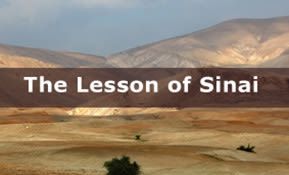
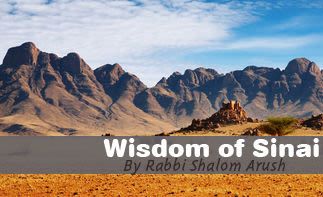

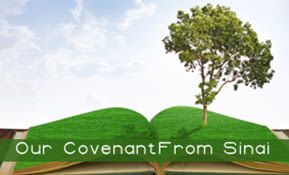
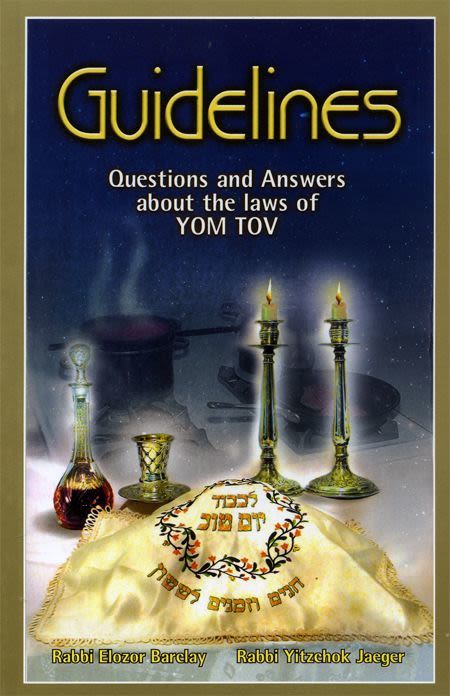


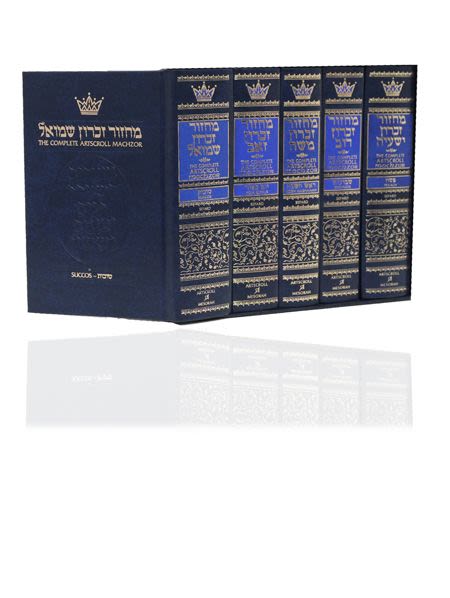
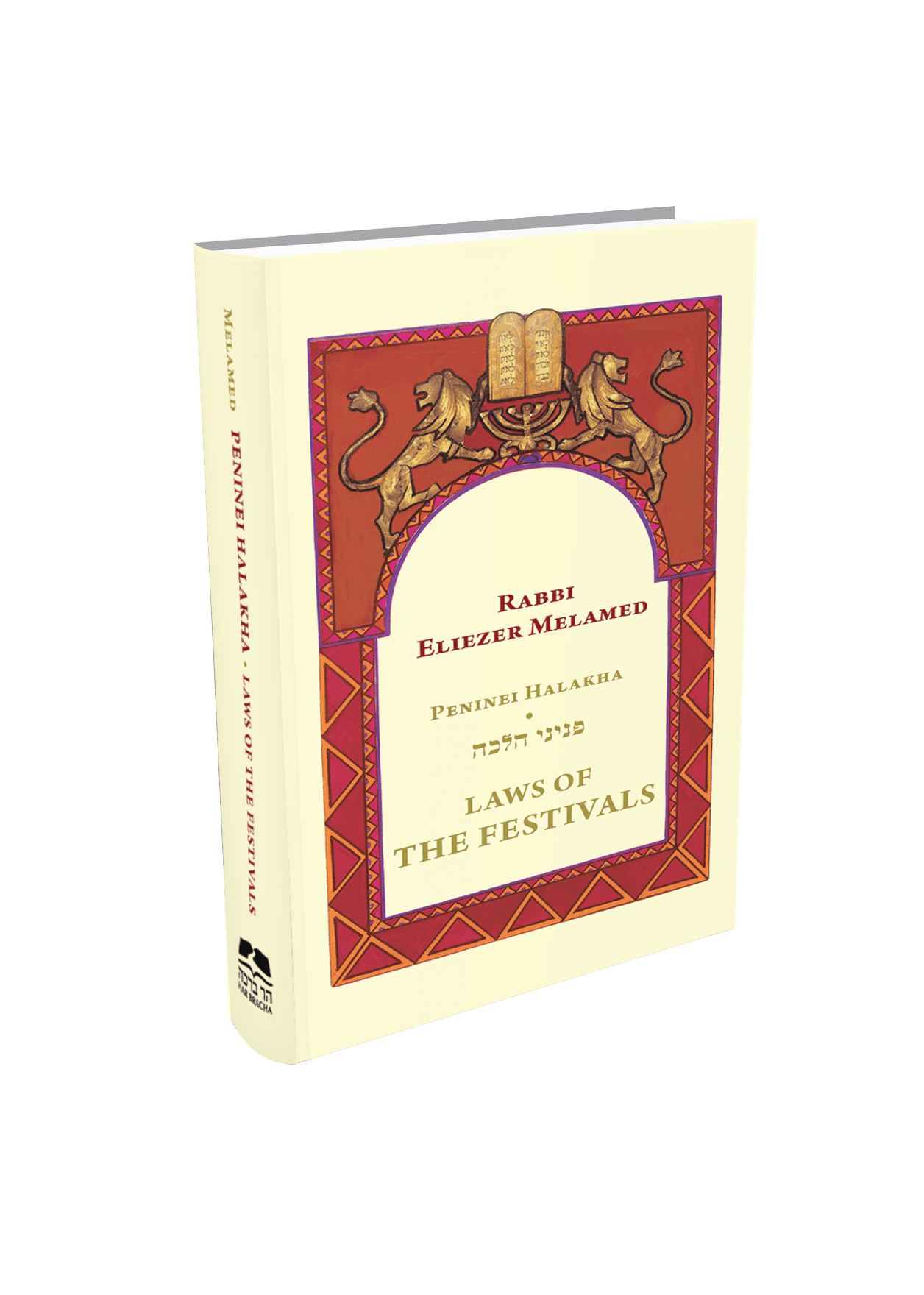
Tell us what you think!
Thank you for your comment!
It will be published after approval by the Editor.